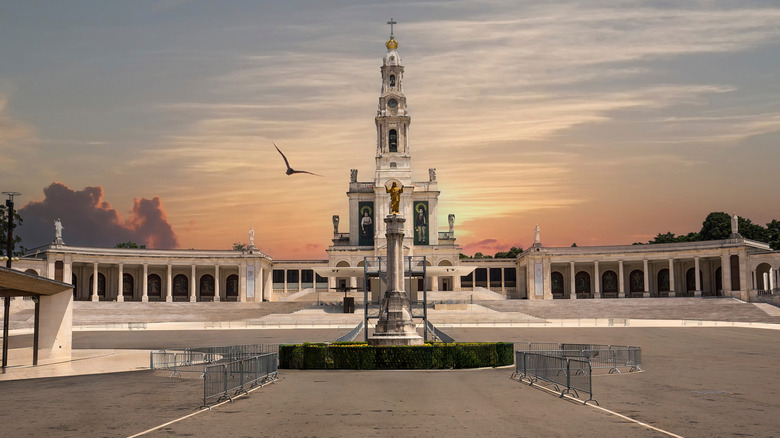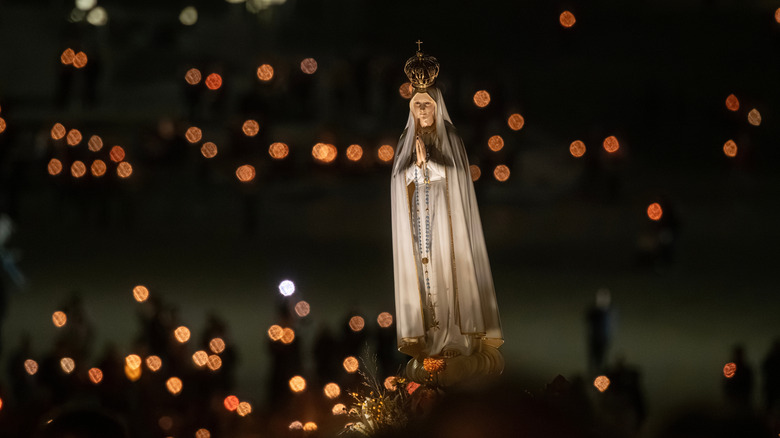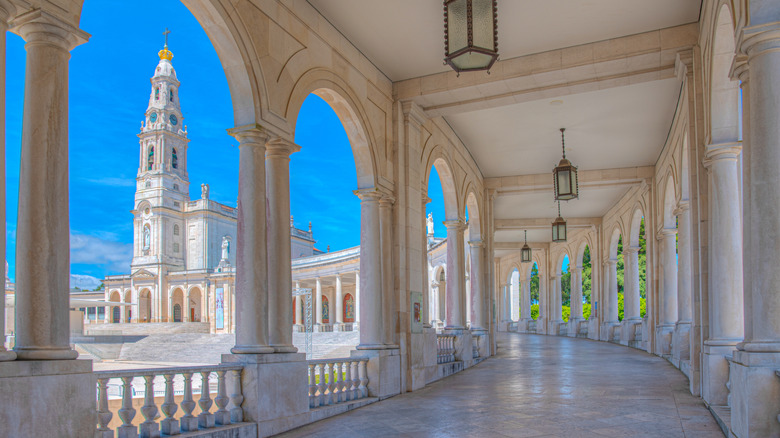Europe is full of surreal religious wonders. From the healing properties of the waters at Lourdes to the miraculous interventions of the Black Madonna in Częstochowa, Poland, there is no shortage of destinations filled with spiritual wonder. Mystical experiences, both saintly and spooky, are common across Europe, with holy apparitions rubbing shoulders with some of the most haunted destinations in the world. The holiest spots in Europe are often the focus of pilgrimages. Santiago de Compostela in northern Spain marks the end of the Camino de Santiago, while the rocky island wonder of Mont St. Michel in France is another popular place to visit. These remarkable locations are not just for the pious, but offer fascinating and meaningful experiences for regular tourists as well. One of the best places for both religious and secular tourists, according to expert travel journalist Rick Steves, is the little town of Fátima in central Portugal.
Fátima is a small town in the Oeste e Vale do Tejo region of central Portugal. It is a relatively unassuming spot, roughly equidistant from the capital, Lisbon, and the historic city of Coimbra. While there’s not too much else around the town, Portugal’s relatively small size means that it isn’t too remote. Lisbon’s Humberto Delgado Airport is the nearest international hub, about 60 miles away and just over an hour’s drive. The nearest train station is Caxarias, about 11 miles north of Fátima, and direct trains take around 75 minutes.
A miraculous apparition
While Fátima has had a connection with the Virgin Mary since the mid-18th century and drew small numbers of pilgrims seeking indulgences and absolution throughout the 19th century, it has only been a place for the faithful to congregate in significant numbers for just over a century. The first Marian apparition took place in 1917, when three children saw the Virgin Mary appear in an oak tree on a hill while they were looking after their family’s sheep.
The appearance seemed particularly poignant given the bloody conflict that was engulfing Europe at the time. The First World War had taken so many lives already and was showing no signs of slowing down, so the apparition seemed to be a message from God calling for peace. Mary supposedly appeared to the children on the 13th day of the month from May to September during 1917. On the 13th of October, an enormous crowd (said to have numbered 70,000) congregated at the tree and witnessed a blinding light, seemingly confirming the tale.
Just over a decade later, the Vatican confirmed the legitimacy of the miracle, and a chapel was built at the site of the apparition, followed by the impressive Basilica of Our Lady of the Rosary. This immense structure is a Neoclassical wonder complete with a 200-foot spire, intricate mosaics, and a dramatic facade.




